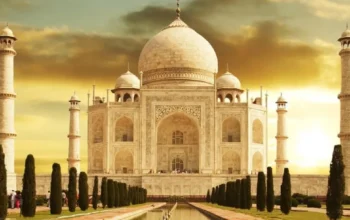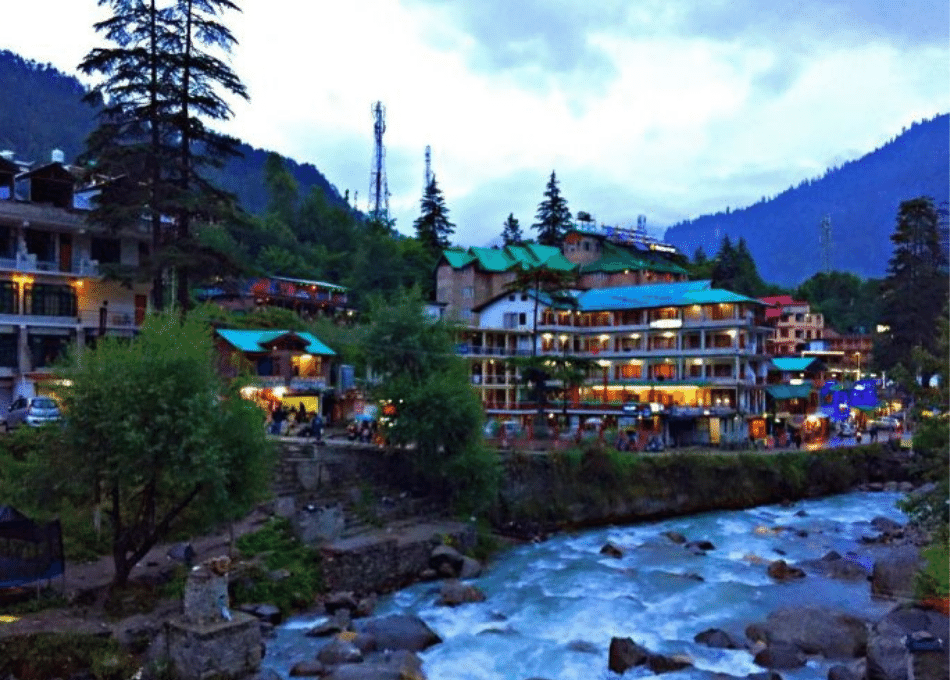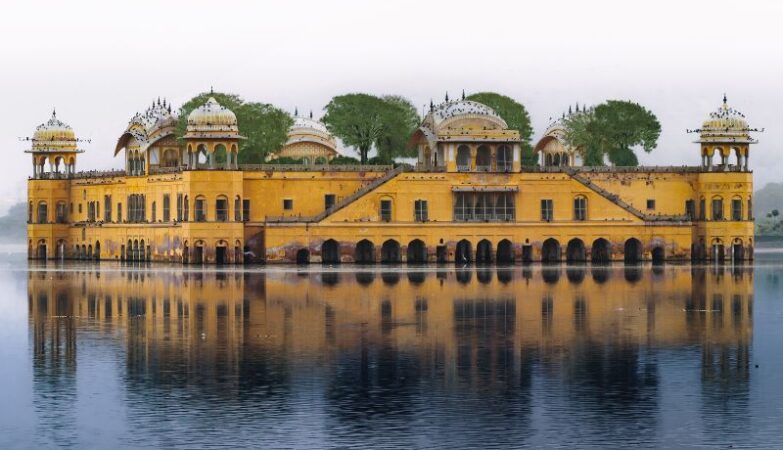Tourism in India has consistently played a vital role in the country’s economy, cultural exchange, and global visibility. With diverse landscapes, heritage sites, and spiritual destinations, India attracts millions of domestic and international travelers each year. In 2025, the tourism industry in India has shown significant recovery and growth after the challenges posed by the COVID-19 pandemic.
Key Tourism Statistics (2025)
- International Tourist Arrivals: India received approximately 14.2 million foreign tourists in 2024–25, marking an 18% year-on-year growth.
- Domestic Tourism: Domestic travel continues to dominate, with over 2.2 billion domestic tourist visits recorded in 2024.
- Tourism’s Contribution to GDP: The sector contributes around 6.8% to India’s GDP and supports nearly 40 million jobs directly and indirectly.
- Top Source Countries: The United States, United Kingdom, Bangladesh, Australia, and Germany remain the largest contributors to inbound tourism.
Growth Drivers of Indian Tourism
- Government Initiatives
- Introduction of e-Visa facilities for citizens of over 160 countries.
- Promotion through the “Incredible India 2.0” campaign.
- Expansion of domestic air routes under UDAN scheme.
- Heritage and Cultural Tourism
- UNESCO World Heritage sites such as the Taj Mahal, Jaipur City, and Khajuraho Temples remain top attractions.
- Festivals like Diwali, Holi, and Pushkar Fair continue to draw global visitors.
- Wellness and Medical Tourism
- India is a leading destination for Ayurveda retreats, yoga, and affordable medical treatments.
- Medical tourism revenue crossed USD 9 billion in 2024.
- Adventure and Eco-Tourism
- Growing interest in trekking in the Himalayas, desert safaris in Rajasthan, and wildlife sanctuaries.
- Eco-tourism initiatives are attracting environmentally conscious travelers.
Challenges Facing Indian Tourism
- Infrastructure gaps in rural destinations.
- Over-tourism in popular sites like Agra and Goa.
- Seasonal dependence leading to uneven demand.
- Need for sustainable practices to preserve cultural and natural heritage.
Future Outlook (2025–2030)
- Expected growth rate: 8–10% annually in both domestic and international arrivals.
- Increasing role of AI-based travel planning, digital payments, and smart tourism apps.
- Strong potential for tier-2 and tier-3 city destinations (e.g., Varanasi, Coorg, Rishikesh).
Conclusion
India’s tourism industry is positioned for sustained growth with a balance of traditional attractions and emerging travel experiences. With government support, improved infrastructure, and a focus on sustainability, India continues to strengthen its status as one of the world’s most diverse and attractive destinations.






